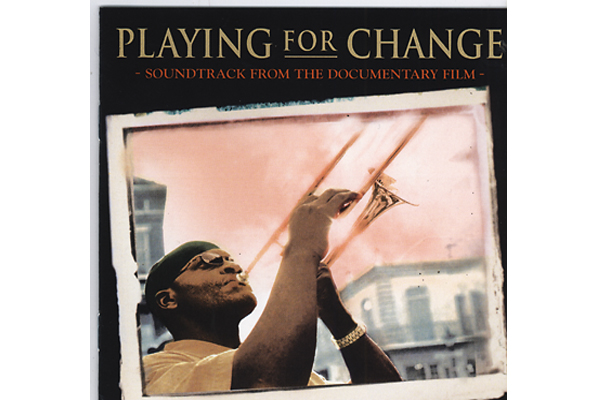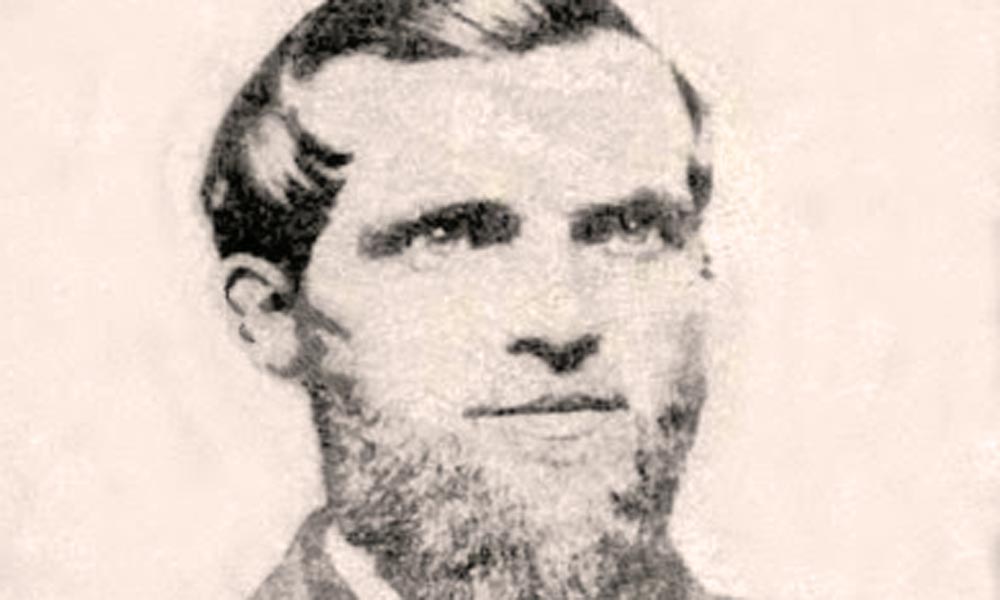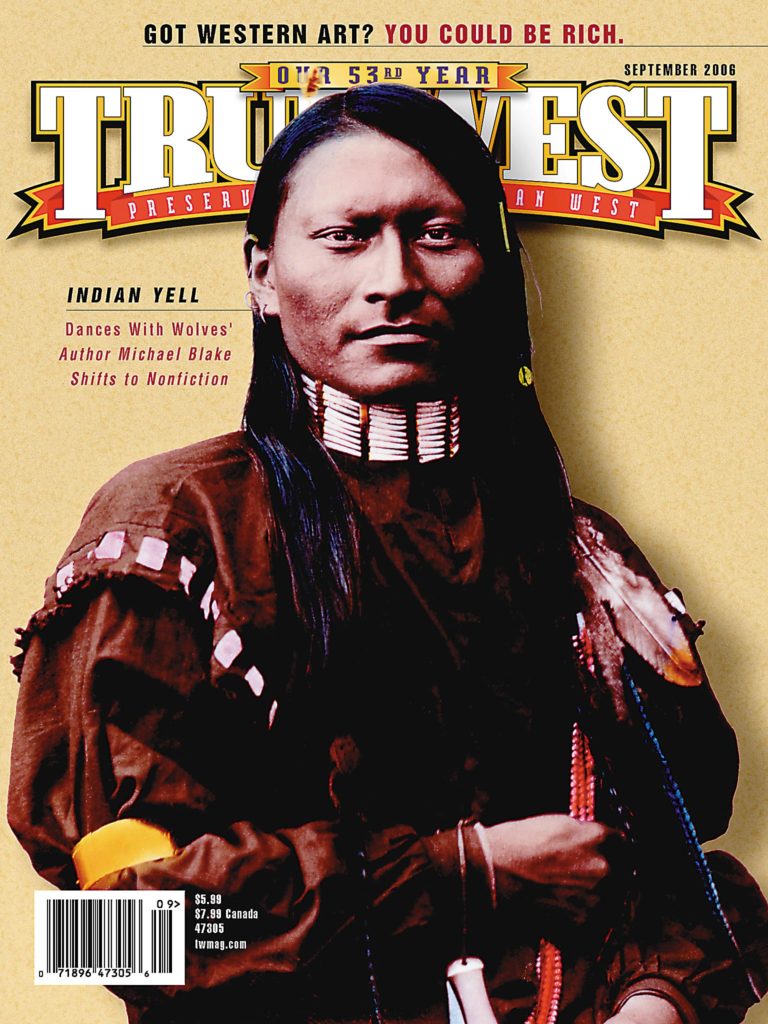When were numbers and letters put on playing cards?
Bill Calloway
Wilmington, Delaware
I contacted an old friend, Dr. Lafitte, an expert on the history of cards and gambling, and this is what he had to say: “To begin with, the ‘letters and numbers’ are called indexes, and in the brief history of indexes, there were two basic sizes. The first size was fairly small; all a person had to do was to barely fan the cards to see the indexes. Because one only needed to give the cards a slight squeeze to see the index, they were nicknamed ‘squeezers.’ They were a novelty at first, but their popularity increased by the early 1870s. One of the early popular squeezers was a deck called either the ‘Lone Star’ or ‘Texas Lone Star’ deck because of a large star on the back of the cards (circa 1870-75). How small was the index? Just look at the index of today’s playing card—look just at the number, not the suit symbol—now visualize a complete index slightly smaller than that.
“The second size is the one we are familiar with today. A number of playing card companies claim to have created it. I have a Grover Cleveland Presidential Deck (1888, if I’m not mistaken), and that has an index almost the size of a modern-day index. It wasn’t until the turn of the 20th century that today’s indexes became popular.”




